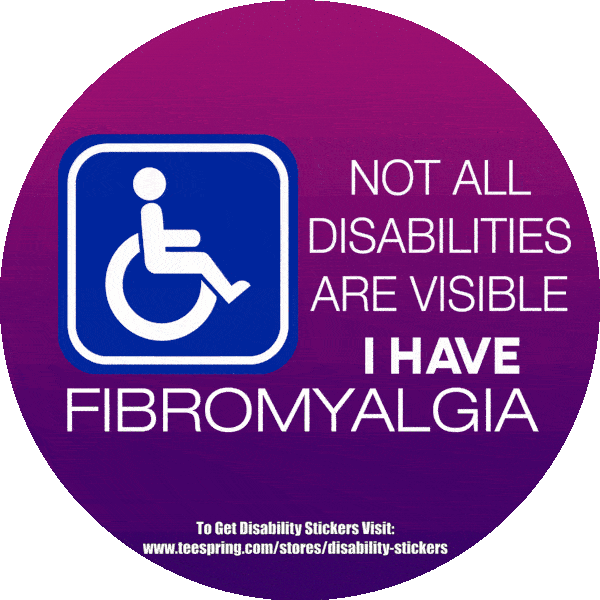Fibromyalgia at Different Ages
It’s an obvious fact that everyone grows older the longer they live. But whereas some older people seem to stay as mentally sharp and physically fit as when they were younger, other older individuals can suffer from a loss of memory, cognitive dysfunction, and physical ailments.
If you have been diagnosed with fibromyalgia, you may have experienced many stereotypes about the condition personally. From several studies it has been found that fibromyalgia affects mostly middle-aged or older people, specifically, older women and they are at the highest risk for developing fibromyalgia.
You may also think that only adults get fibromyalgia, but that is incorrect. Fibromyalgia can occur in anyone at any age. Even kids are diagnosed with this painful syndrome. But according to the Centers for Disease Control and Prevention, as you get older, the chances of getting fibromyalgia also increase. However, some people over 60 may get misdiagnosed with polymyalgia rheumatica (a painful condition with similar symptoms to fibro) or rheumatoid arthritis (an inflammatory auto-immune disease), which doctors may think are more common in people over 60.
But regardless of how likely you are to have FM at a given age, the condition usually presents different challenges at different stages in life. That’s both because of occupational and social factors, like whether you are in school, raising a family, or working a full-time job, and because older people are more likely to have other health conditions.
Here is some background information on what to expect from FM at different ages, along with personal accounts of living with the condition.
Is Fibromyalgia an Age-Related Disease?
Fibromyalgia may occur at any age, even in childhood, and the principal symptoms are the same. In fact, one study found that twenty-five percent of patients report that their symptoms started before the age of fifteen years.
When compared to adults, minors with FM more commonly report subjective ankle pain, swelling and exacerbation by over activity. In contrast, they have less frequent associated hand pain, low back pain, and changes in symptoms associated with anxiety or weather.
The development of fibromyalgia in older patients (over 60) is thought to be uncommon, but has not been widely studied.
It has been believed that the risk of FM increases with age. Many people who are diagnosed with FM develop symptoms for the first time in their middle years, though this condition can strike at any age. Women are at the greatest risk for fibromyalgia. Other conditions that become more common with age, like arthritis, can mimic the symptoms of fibromyalgia.
The average FM patient profile contains:
- Average age – approximately 45 years old
- Gender – 80 percent to 90 percent female
- Average time from onset to diagnosis – 5 to 8 years
Fibromyalgia Symptoms T-Shirt: A brief list of fibromyalgia symptoms that almost everyone with fibro suffering with. Wear this Fibromyalgia symptoms t-shirt on this fibro awareness day and spread fibromyalgia awareness. Click Here to Get this
Click Here to Visit the Store For More Products
Conclusion
So at what age do you get fibromyalgia? Statistically, the most likely time is around 35 to 45 years old. But it has been observed that this number can vary throughout a person’s lifespan. And certain risk factors can lead to developing FM much earlier. At the same time, you could have all the risk factors and never develop fibro, or develop it much later in life. FM in young children of 10 years old and younger is frequently under-recognized which makes it even harder to be deal with.
The fact is, no one can tell you when you are likely to develop FM, which is why it is important to be aware of the symptoms and keep an eye out for them. Do not hesitate to see a doctor if you think you are developing FM. Early treatment can help you avoid unnecessary suffering.

